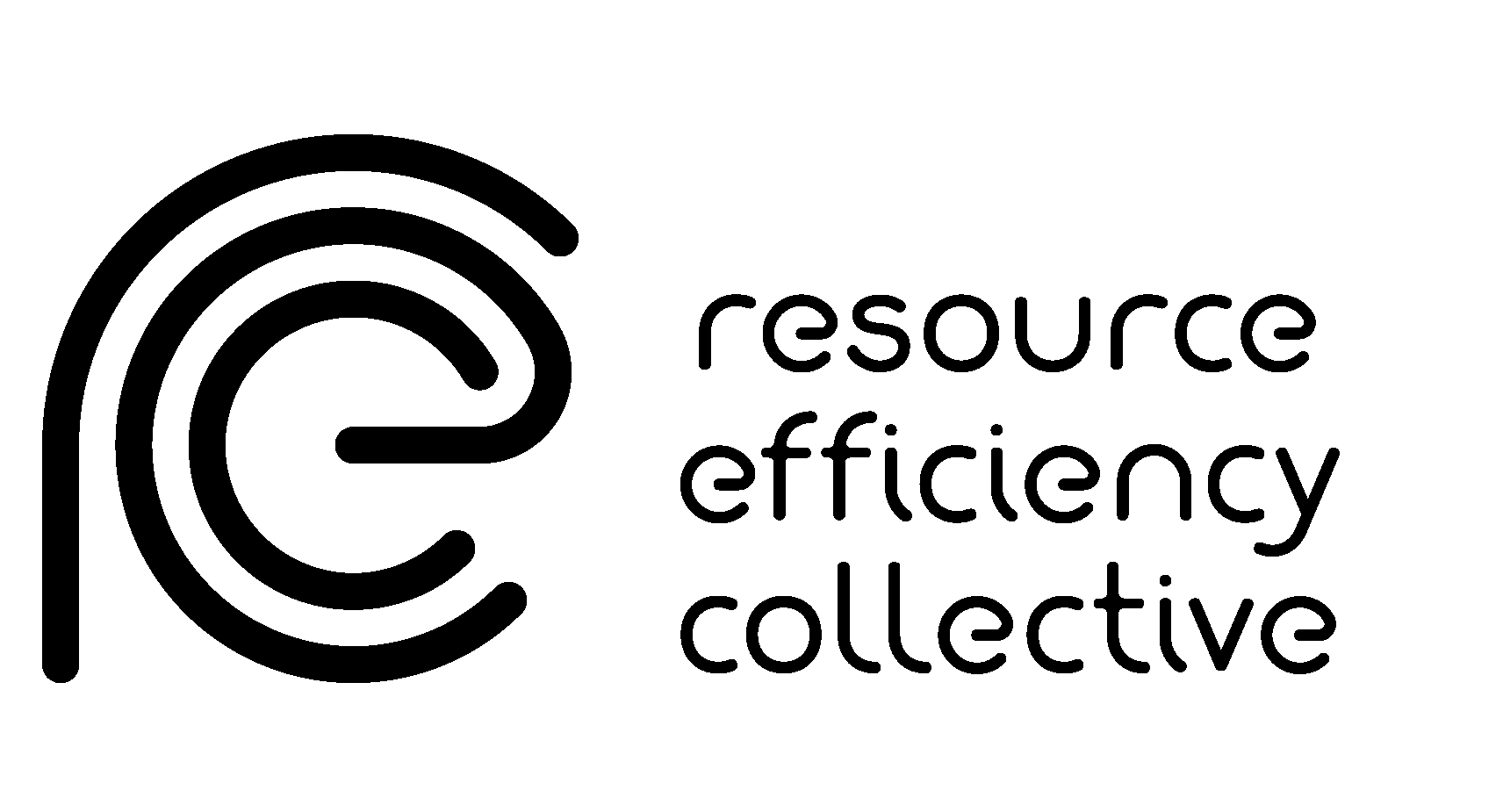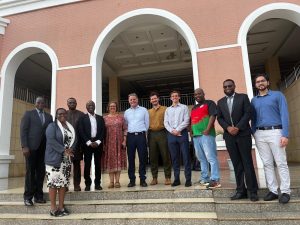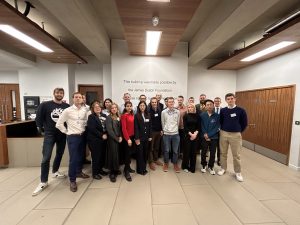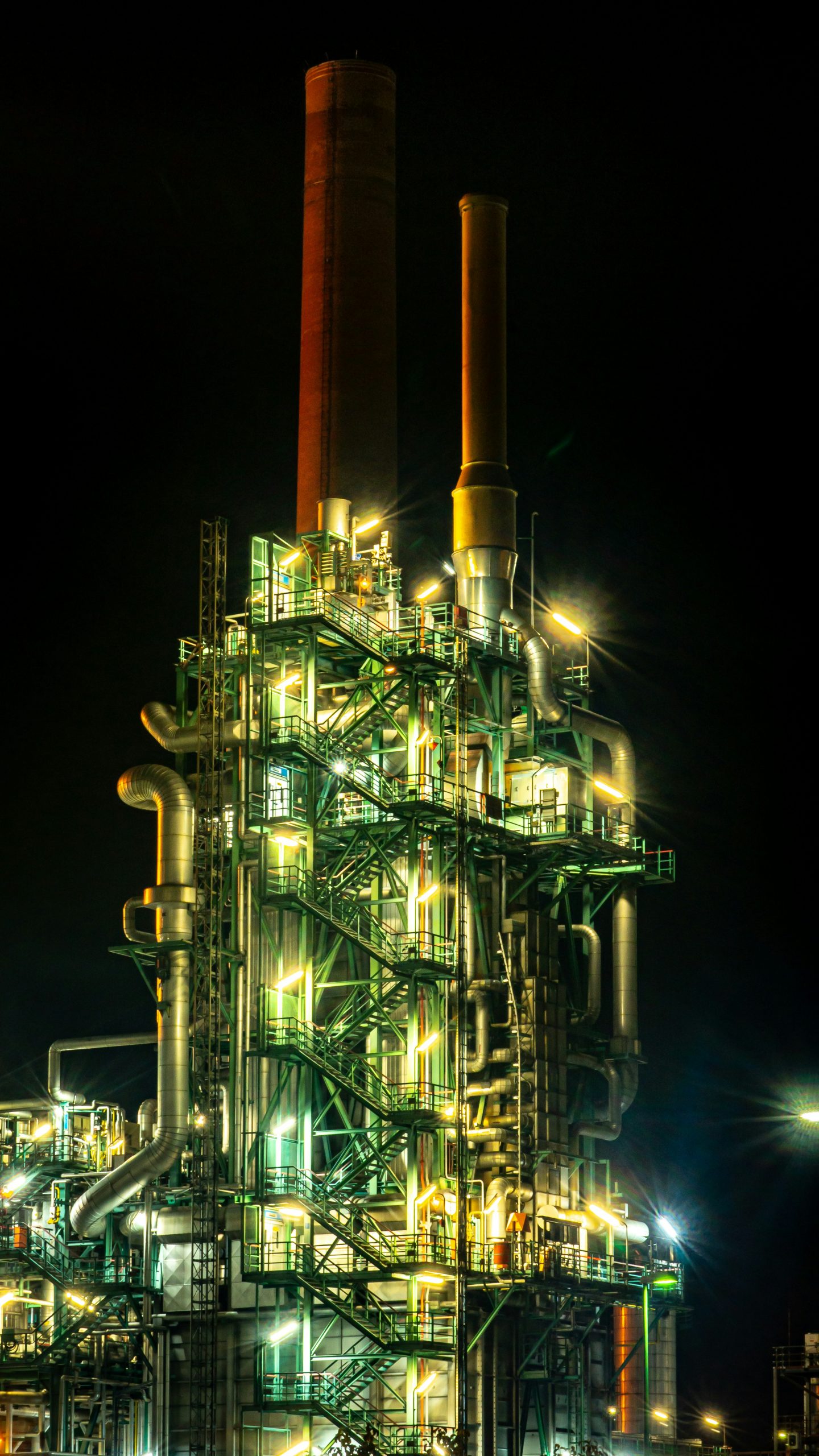Reflections on eceee’s Net Zero Industry Conference 2024
The eceee 2024 Zero Carbon Industry Conference, held on January 30th and 31st in Antwerp, Belgium, provided a vibrant platform for discussions on industrial decarbonisation and energy efficiency. The event brought together a diverse group of participants from industry, academia, and policymaking, facilitating rich discussions across three main panels focused on future challenges, energy management, and drivers for change.
The conference opened with a presentation by Dr Mine Isik from the IEA, highlighting the urgent need to accelerate global energy efficiency improvements. A striking point was that no industrial sector is currently on track to achieve the necessary decarbonisation goals. Els Brouwers from Essenscia delivered an insightful talk on the advancements within the chemical sector, a leading contributor to added value and exports for Europe. The sector is pressed for transformation, requiring a revaluation of the energy vectors used as feedstocks. Highlighting the electrification of steam crackers, Brouwers pointed out a significant challenge: the persistence of by-products traditionally repurposed as energy inputs. This underscores the broader issue that while hydrogen technology is not novel to the chemical industry, there’s a need for innovation in its transport and storage, potentially leveraging compounds like ammonia and methanol to streamline the process. Drew Turner’s insights from Danfoss Climate Solutions emphasised the critical link between energy efficiency and decarbonisation, showcasing practical solutions that integrate systems approaches to enhance sustainability in various industries, including the use of data centres as heat sources.
The afternoon session started with insights on the German glass industry, presented by Peter Radgen, highlighting the sector’s decarbonisation efforts and the economic factors driving production methodology shifts. It underscored the importance of infrastructure readiness in adopting new energy carriers. From Refficiency, Ana Morgado’s presentation on resource efficiency in cement production sparked engaging discussions, highlighting the need to revisit and update Best Available Techniques (BAT) metrics to reflect current challenges and opportunities in the industry. To close the day, a workshop led by Daniel Becker from Guidehouse, focusing on constructing positive narratives to support the energy transition, was a highlight. This session emphasised the importance of stakeholder engagement and alignment with initiatives like the European Green Deal.

Refficiency’s Ana Morgado presenting at the conference.
Day two started with a plenary on solutions that can move us forward, and discussions included the role of digitalisation in industrial competitiveness and carbon footprint reduction, how to decarbonise under unfair competition and the potential of SMEs to outperform larger corporations by aiming for zero carbon emissions. Panel 1 of the morning session, “Decarbonising industrial value chains: Interplay of production and consumption,” featured interesting presentations. Joris Valee presented AIDRES’s ambitious vision for renewable energy in industrial processes; what caught my attention was a significant reliance on hydrogen-based direct reduced iron (H2-DRI). Ben Pettitt from IES delivered an instructive talk on digital twins, emphasising their role in whole-life performance modelling. He offered a deep dive from conceptual frameworks to implementing current IoT tools, underscoring digital twins’ significant potential and practical applications in the building sector.
My contribution focused on the TransFIRe project, presenting our framework for resource efficiency assessment in industrial processes. We discussed the adaptability of our methodology and the rationale behind our choice of metrics. The afternoon’s discussions covered a systemic perspective on energy efficiency, showcasing projects that directly engage with industries to pinpoint and implement decarbonisation measures.

Natanael presenting at the conference.
Take-home message:
- There is a strong intent to strengthen resilience; however, projections indicate a rise in imported goods for specific industries, such as steel, that aim to import hydrogen-based direct reduced iron (H2-DRI).
- There is a growing recognition that the energy transition requires significant infrastructure transformation. Companies must align their targets with the actual (or near-term) infrastructural capabilities.
- Analyses comparing/assessing hydrogen and electrification are dominant, with many focusing on end-use energy, which may disproportionately favour hydrogen.
- There is an urgent call for a systematised method to gather Best Available Techniques (BAT)/Best Available Practices (BAP) data.
- There is a need for increased industry engagement to obtain accurate data and provide more effective decarbonisation support.
In conclusion, the conference delivered a resounding message: despite the challenges, the route towards energy efficiency and decarbonisation in the industry requires innovative solutions, strategic policy integration, and cross-sector collaboration. The imperative is to leverage these insights into concrete, actionable strategies, driving us toward a sustainable industrial future.
Photo credit: Ana Morgado, Natanael Bolson, Vlad Hilitanu on Unsplash.













